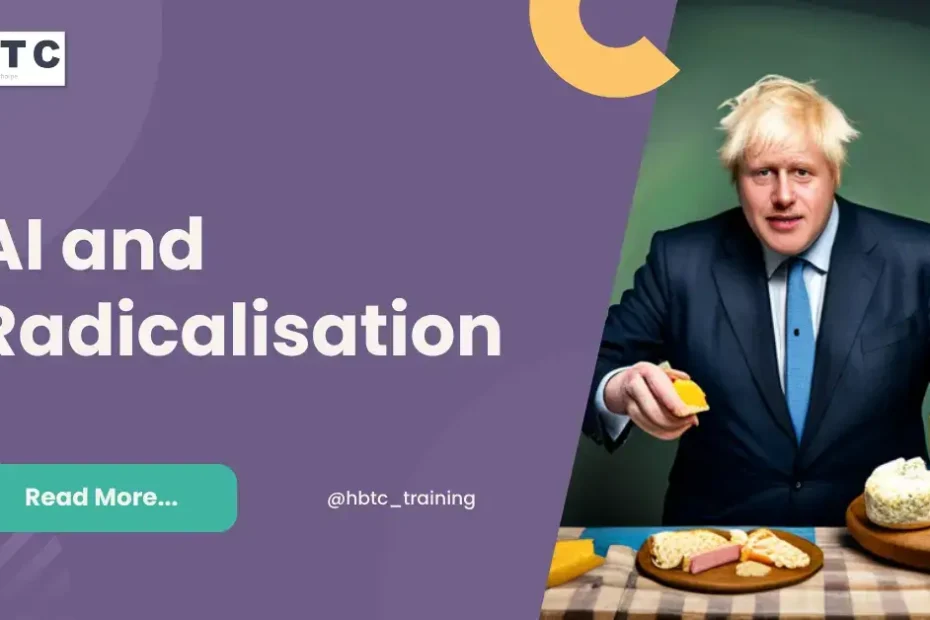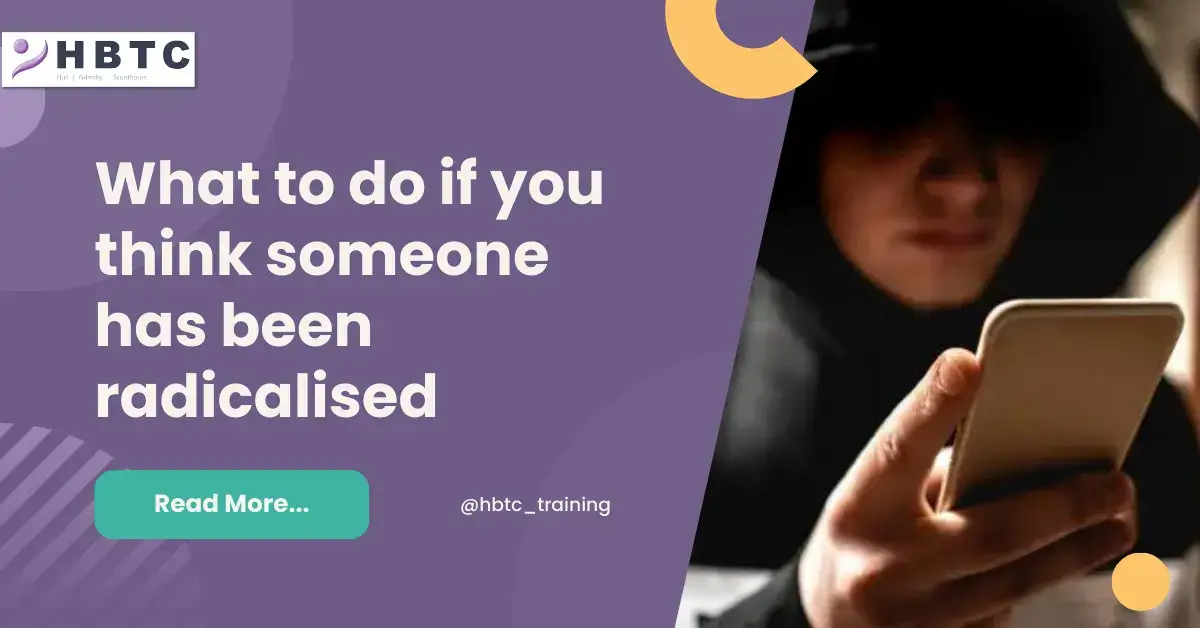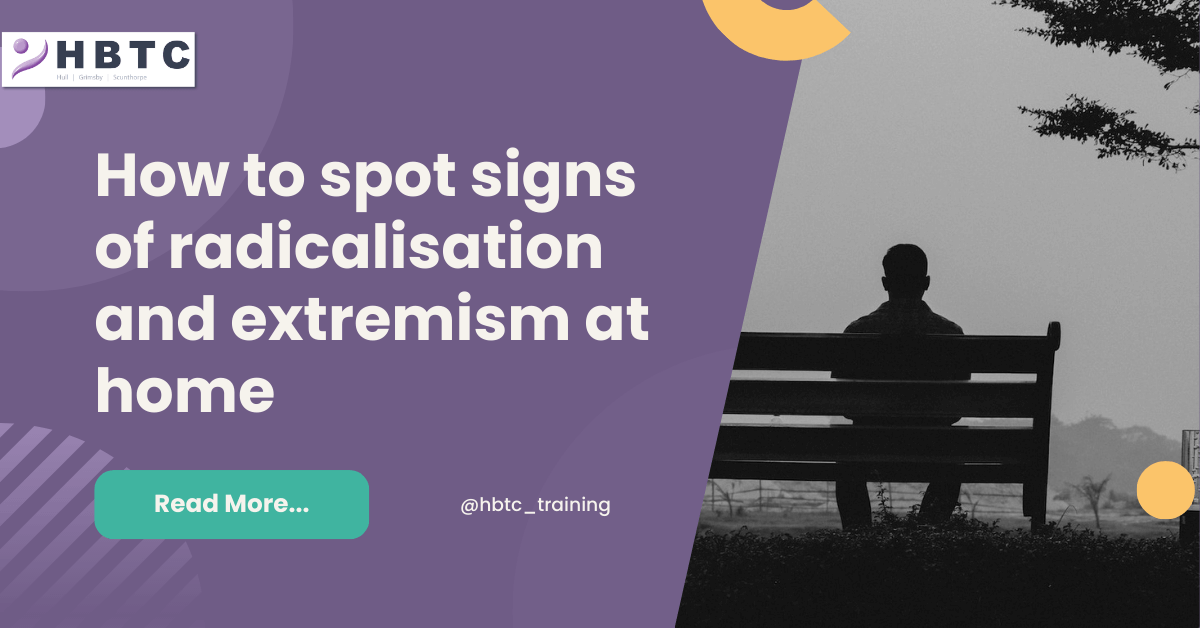AI and Radicalisation
In this article, we aim to shed light on fake news, artificial intelligence (AI) technology, deepfakes, and how extremists exploit these tools. With an educational approach in mind, we’ll equip you with strategies to identify misleading information.
Fake news has become a big topic in our digital world, capable of spreading misinformation and radicalised views. Recently, London Mayor Sadiq Khan’s experience with deepfake audio exemplified how AI can be misused to spread false narratives with the potential for serious consequences.
As online content continues to flourish, it becomes increasingly challenging to discern trustworthy information. Are you certain if the news you’re consuming is reliable or biased? Navigating the digital news landscape can indeed be tricky.
Where does fake news thrive?
Fake news can emerge from any corner of the internet; it does not originate from a specific website or app. However, social media platforms have proven to be a hotspot for its rise. The volatile environment of social media incentivises controversial content as it gathers attention and engagement. Unfortunately, extremists exploit this algorithm to spread radical views and manipulate vulnerable individuals.
Detecting fake news
Now that we’ve established social media as a prominent hub for false information, it’s important to separate reliable sources from dubious ones on these platforms.
Rely on trusted sources:
Platforms such as social media often host trusted sources like BBC News or mainstream newspapers that provide accurate information.
Be cautious of influencers:
While most influencers are genuine creators of valuable content, there are some who promote biased or false material in pursuit of personal gain. Be cautious when interacting with influencer-driven content.
Verify facts:
Beware of individuals who deliberately share fabricated “facts” aiming to shock or incite alarm among readers for their own purposes. Cross-reference information across multiple sources before accepting it as truth.
The role of AI in fake news:
In the ever-evolving digital landscape, AI has emerged as a powerful tool that enhances productivity and simplifies tasks. However, it also aids the spread of false information by enabling the creation and distribution of misleading content at an unprecedented scale.
One alarming aspect is the ability to generate realistic fake images with just one user’s input. It’s now easier than ever to create deceptive visuals that blur the line between reality and fiction. Just take a look at this image we generated of Boris Johnson eating cheese.

Delving deeper into deepfakes:
Deepfakes take AI-generated content to another level by mimicking not only images but also the voices, mannerisms, and actions of individuals. These artificial videos pose a significant threat, as they can manipulate public perception and even influence electoral processes, as seen in Slovakia’s recent elections.
Extremists leverage software and AI to spread fake news that distorts minds and fosters radical beliefs. Without awareness of these tactics, you may inadvertently fall victim to fake news propaganda.
The lurking danger of chatbots:
Chatbots present yet another safety concern. Unlike social media platforms where interactions are clearly computer-generated, chatbots simulate conversations with human-like responses, blurring the line between reality and artificial intelligence. This poses a risk to counterterrorism efforts as these chatbots can mimic the speech of militant and extremist groups, potentially recruiting individuals into terrorist organizations.
While not all chatbots pose a threat, maintaining scepticism towards their intentions can serve as a valuable defence mechanism.
In conclusion:
Protecting individuals and communities from the dangers of radicalisation is crucial. Artificial intelligence can be a powerful tool for extremists to spread their harmful ideologies by creating manipulated images that play on emotions and reinforce extremist narratives. However, there are ways to detect these falsified images.
Understanding the signs of radicalisation, especially when it occurs online, can be challenging. By educating ourselves and staying informed, we can take the first step in preventing radicalisation and safeguarding our communities.
You may also be interested in…

Toby Greenfield
Toby is our Learner Engagement Marketing Apprentice and is involved with all things social media and content development. He is also responsible for attending careers events and delivering presentations. Toby is dedicated to showcasing the apprenticeship opportunities available for individuals and businesses to embark upon.


